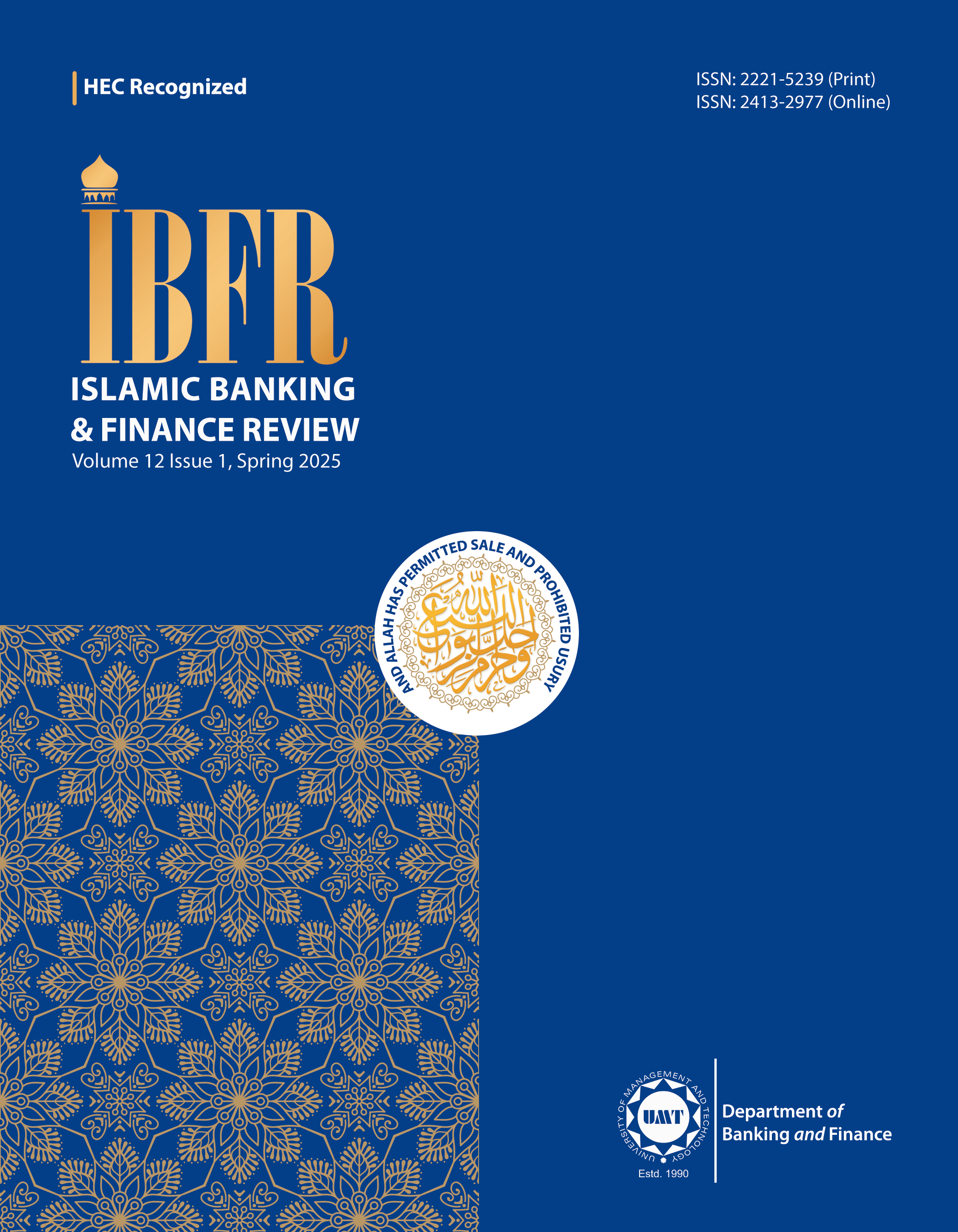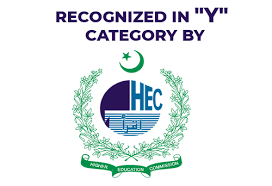Advancing Islamic Art through Islamic Financial Institutions: A Case Study of Innovative Promotion Strategies
Abstract
 Abstract Views: 0
Abstract Views: 0
This research scrutinizes the vital role of Islamic Financial Institutions (IFIs) in perpetuating and preserving Islamic art; a paradigmatic expression of Islamic culture distinguished by its intricate geometric patterns, calligraphic nuances, and spiritual leitmotifs. Despite its millennia-long significance, contemporary promotion and preservation of Islamic art are beset by formidable challenges precipitated by globalization, commercialization, and shifting cultural paradigms. IFIs, operating in consonance with Shariah principles, occupy a unique position to foster the advancement of Islamic art through ethical and socially responsible practices. By providing financial support, guidance, and infrastructure, they can help artists, artisans, and cultural institutions to preserve and promote Islamic art. Hence, this qualitative research undertakes a comprehensive examination of the strategic initiatives employed by IFIs to promote Islamic art, evaluates their efficacy, and identifies the challenges encountered by the IFIs. Through a methodological framework incorporating in-depth interviews and data triangulation, this study provides nuanced insights into their potential contributions to the preservation and promotion of Islamic art in the contemporary era, thereby illuminating the intersections between Islamic finance, art, and culture.
Downloads
References
El-Hawary, D., Grais, W., & Iqbal, Z. (2007). Diversity in the regulation of Islamic financial institutions. The Quarterly Review of Economics and Finance, 46(5), 778–800. https://doi.org/10.1016/j.qref.2006.08.010
Erzen, J. N. (2007). Islamic aesthetics: An alternative way to knowledge. The Journal of Aesthetics and Art Criticism, 65(1), 69–75. https://doi.org/10.1111/j.1540-594X.2007.00238.x
Ettinghausen, R., Grabar, O., & Jenkins, M. (2003). Islamic art and architecture 650-1250 (Vol. 59). Yale University Press.
Gharib, R. Y. (2017). Preservation of built heritage: An Islamic perspective (1). Journal of Cultural Heritage Management and Sustainable Development, 7(4), 366–380. https://doi.org/10.1108/JCHMSD-04-2016-0026
Grabar, O. (1987). The formation of Islamic art: Revised and enlarged edition. Yale University Press.
Grassa, R. (2013). Shariʿah governance system in Islamic financial institutions: New issues and challenges. Arab Law Quarterly, 27(2), 171–187.
Hassan, M. K. (2013). Ethical principles of Islamic financial institutions. Journal of Economic Cooperation and Development, 34(1), 63–90.
Litardi, I., Fiorani, G., & Harb, D. (2019). Corporate social responsibility in Islamic culture. Comparison between western CSR and Islamic CSR: Focus on Islamic reporting initiative and Islamic financial institution [Special issue]. European Journal of Islamic Finance, 1–8. https://dx.doi.org/10.13135/2421-2172/3065
Necipoglu, G. (2012). The concept of Islamic art: Inherited discourses and new approaches. Journal of Art Historiography, (6), 1–26.
Safavi, H. (2020). The study of the principles of philosophy of Islamic art. RUDN Journal of Philosophy, 24(1), 23–38. https://doi.org/10.22363/2313-2302-2020-24-1-23-38
Sairally, S. (2007). Community development financial institutions: Lessons in social banking for the Islamic financial industry. Kyoto Bulletin of Islamic Area Studies, 1(2), 19–37.
Santoso, I., Canon, S., & Pakaya, A. (2019, September 10–12). The role of Islamic financial institutions in supporting economic growth in the digital era: Case study in Indonesia [Paper presentation]. The 1st International Conference on Islamic Development Studies, Bandar Lampung, Indonesia.
Shaw, W. M. (2012). The Islam in Islamic art history: Secularism and public discourse. Journal of Art Historiography, (6), 1–34.
Tatiana, N., Igor, K., & Liliya, S. (2015). Principles and instruments of Islamic financial institutions. Procedia Economics and Finance, 24, 479–484. https://doi.org/10.1016/S2212-5671(15)00613-9
Zain, M. M., Darus, F., & Ramli, A. (2015). Islamic ethical practices and the marketplace: Evidence from Islamic financial institutions. Procedia Economics and Finance, 28, 266–273. https://doi.org/10.1016/S2212-5671(15)01110-7
Authors retain copyright and grant the journal right of first publication with the work simultaneously licensed under a Creative Commons Attribution (CC-BY) 4.0 License that allows others to share the work with an acknowledgement of the work’s authorship and initial publication in this journal.








